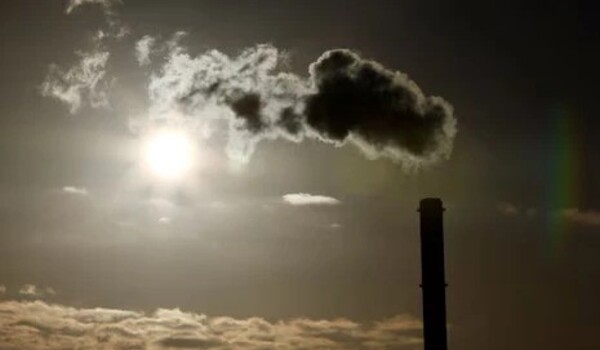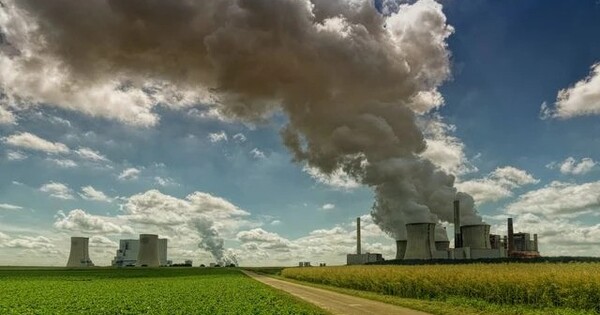A recent study from Cornell University found that when processing and shipping are taken into consideration, the greenhouse gas footprint of liquefied natural gas is 33% worse than that of coal.
“Shale gas and natural gas are both detrimental to the climate. The study’s author, Robert Howarth, a professor of ecology and environmental biology, stated that LNG is worse. “Shale gas is used to generate LNG, which is then transported to markets in big tankers after being supercooled to liquid form. It requires energy.
The research, “The Greenhouse Gas Footprint of Liquefied Natural Gas (LNG) Exported from the United States,” published in Energy Science & Engineering.
The emissions of methane and carbon dioxide released during LNG’s extraction, processing, transportation and storage account for approximately half of its total greenhouse gas footprint, Howarth said.
Almost all the methane emissions occur upstream when you’re extracting the shale gas and liquefying it. This is all magnified just to get the liquefied natural gas to market. So liquefied natural gas will always have a bigger climate footprint than the natural gas, no matter what the assumptions of being a bridge fuel are.
Robert Howarth
When comparing the atmospheric impact of various greenhouse gases using the assessment of global warming potential, the carbon footprint of LNG is one-third more than that of coal over a 20-year period. According to Howarth, the carbon footprint of liquefied natural gas is on par with or even higher than that of coal, even when viewed over a 100-year period, which is more forgiving than a 20-year one.
According to the article, the results have consequences for the production of LNG in the United States, which is the biggest exporter in the world following the lifting of an export prohibition in 2016. Since 2005, shale gas has been responsible for nearly all of the increase in natural gas output. According to Howarth, shale in Texas and Louisiana is used to create the exported LNG.
The liquefication process — where the extracted natural gas is cooled to minus 260 degrees Fahrenheit — makes LNG easier to transport on tanker ships. But that mode of transportation comes at an environmental cost. The ships with two- or four-stroke engines that transport LNG have lower carbon dioxide emissions than steam-powered ships. But as those stroke-engine vessels burn LNG during storage and transportation, methane slips through as emitted exhaust gas, putting more into the atmosphere.

According to Howarth, even minor emissions of methane can have a significant impact on the climate because it is more than 80 times more destructive to the atmosphere than carbon dioxide.
According to him, this is the reason why contemporary LNG tankers with two- and four-stroke engines emit more greenhouse gases than tankers that run on steam. The tanker’s exhaust still leaks methane even with improved fuel economy and reduced carbon dioxide emissions.
When considering the global warming potential, the methane emissions from the liquefaction of natural gas are significant, accounting for around 8.8% of the overall emissions. Depending on the ship, methane emissions from tankers can range from 3.9% to 8.1%.
“Almost all the methane emissions occur upstream when you’re extracting the shale gas and liquefying it,” Howarth said. “This is all magnified just to get the liquefied natural gas to market.
“So liquefied natural gas will always have a bigger climate footprint than the natural gas, no matter what the assumptions of being a bridge fuel are,” Howarth said. “It still ends up substantially worse than coal.”
















